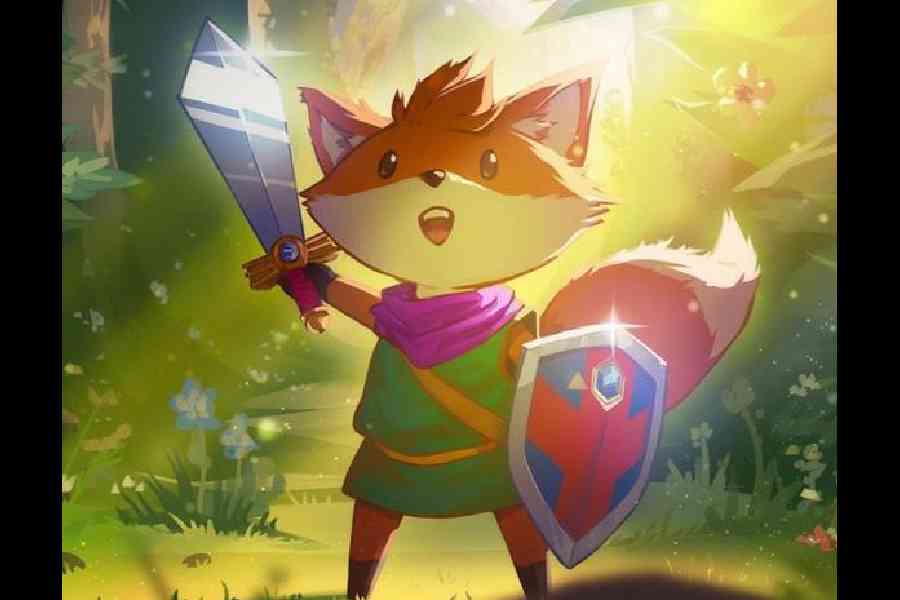Gabriel Sachter-Smith is a banana aficionado who has identified some 500 varieties of banana on expeditions around the world.
“It’s like collecting Pokémon,” Sachter-Smith said at his farm, Hawaii Banana Source, on the North Shore of Oahu, US. He was walking through rows of young plants, some of the 150 varieties he grows, in a T-shirt splotched with mud and banana sap.
Sachter-Smith, 35, caught the banana bug when he was 14. During a trip with his mother to US’s Washington, D.C., he saw banana plants in her friend’s yard. The friend said they weren’t trees, that she could dig them up for winter, stick them inside and replant them when it warmed. When he returned home to Colorado, US, he started growing them as houseplants. “I was trying to figure out what is a banana plant,” he said. “It’s just been a never-ending quest since then.”
Sachter-Smith left banana-inhospitable Colorado to study tropical plant and soil science at the University of Hawaii at Manoa, US, ultimately earning a master’s degree. His global quest has introduced him to bananas that are egg-shaped and orange, a foot long and pale yellow, sausage-stubby and green. In Papua New Guinea, where Sachter-Smith has gone on two expeditions hunting for bananas, their names carry many meanings: “young men” (mero mero), “can feed a whole family” (navotavu), “something that was fought over” (bukatawawe).
You probably know just one banana: long, yellow, kind of flavourless. Its name, Cavendish, comes from a 19th-century English duke who was sent a package of the bananas and whose gardener grew them in a greenhouse. The Cavendish now accounts for almost half of all bananas produced globally and nearly all exports. It holds a Guinness World Record as the most eaten fruit.
But for years, scientists have warned that fungal diseases like black sigatoka and Tropical Race 4 could wipe out this monocrop, just as a fungus annihilated its predecessor, the Gros Michel, in the 1950s and 1960s. Genetic engineering and breeding are the most likely solutions, so scientists have built a stash of backup bananas from around the world, with genes that might someday see action on the global market.
The banana plant, which falls under the genus Musa, is not a tree but an enormous herb. The Musa acuminata was first domesticated in Kuk Swamp, an archaeological site in Papua New Guinea, around 7,000 years ago. The plant travelled around Asia and the South Pacific, changing as it went.
On the island of New Britain in Papua New Guinea, Sachter-Smith identified 170 varieties. On the neighbouring island of Bougainville, his team collected 61. The Cook Islands yielded 18 and Samoa 15. He has also hunted bananas in China, Vietnam, Laos, Indonesia, Uganda, Rwanda, Fiji and the Solomon Islands.
What looks like the banana’s trunk is its pseudostem, a wet layering of leaf sheaths around a soft core, from which the long leaves sprout up and unfurl like sails. Sticking out from between the leaves is the peduncle, which carries the inflorescence, whose female flowers develop into fruits. To Sachter-Smith, each part can provide a clue to the plant’s genetic makeup.
“He recognises different wild bananas due to the flower, the shape of the leaves,” said Matthieu Chabannes, a molecular biologist at the French Agricultural Research Centre for International Development.
In 2016, Sachter-Smith flew to Bougainville in Papua New Guinea for his first paid consulting gig. Julie Sardos, a geneticist at the Bioversity International research group, needed his “magic eye”, she said. In one village, the researchers found a banana called Navente, which meant “a part of something” in an extinct local tongue.
How many bananas remain at large is a mystery that still captivates Sachter-Smith. His most recent gig took him to Malaysia and Laos, but he would like to go to northeast India, where wild bananas are rampant.
“If you’re looking for new wild bananas, that’s the place,” he said.
NYTNS











